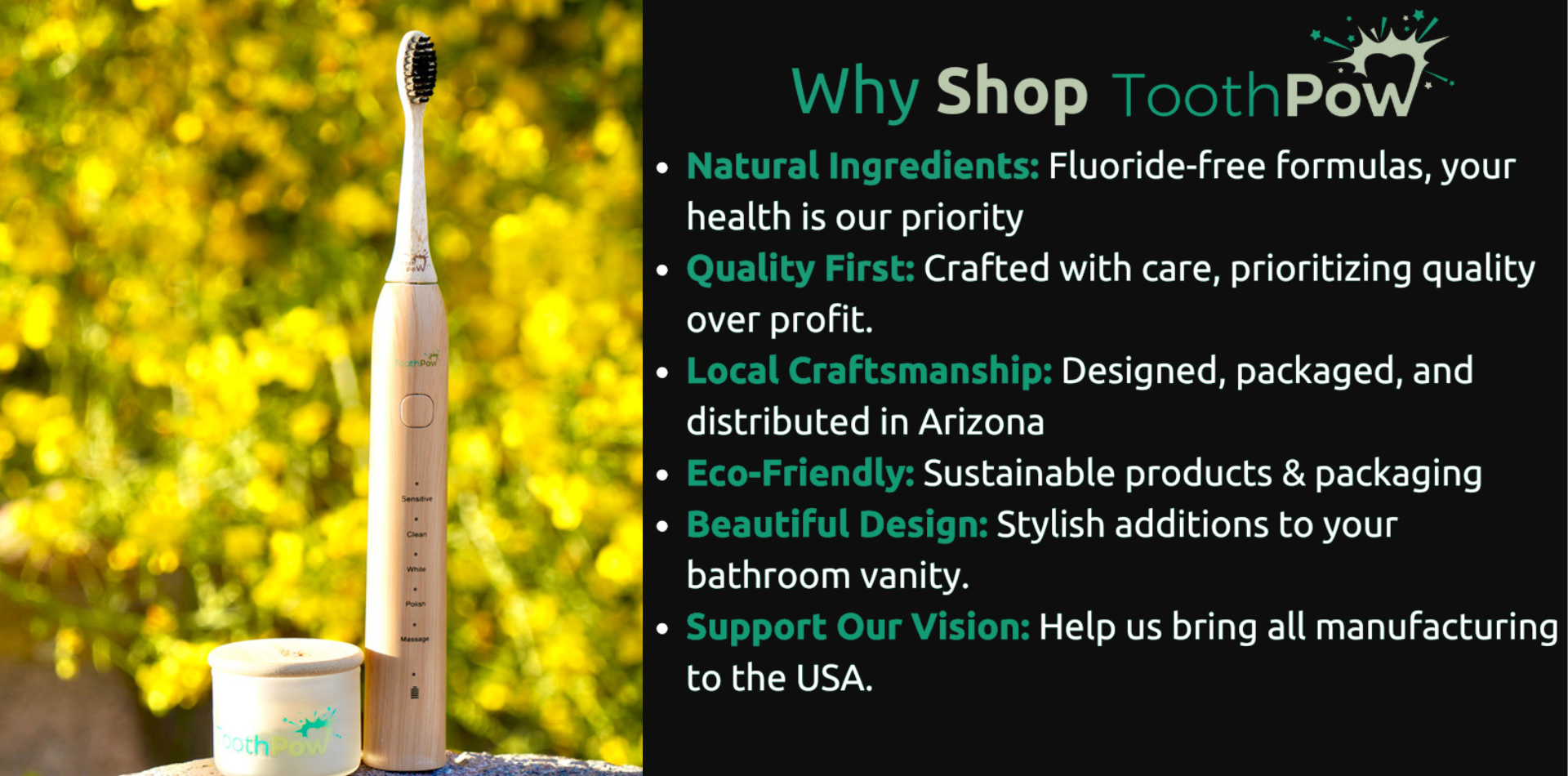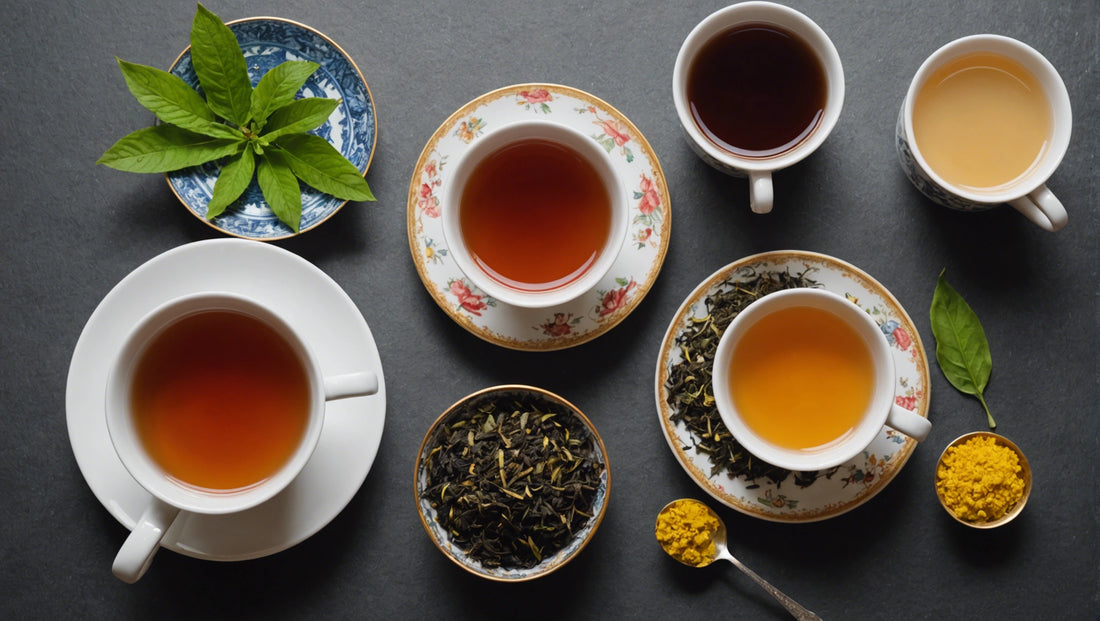Introduction
Tea is one of the most popular beverages worldwide, enjoyed for its variety of flavors, health benefits, and comforting qualities. However, many tea drinkers worry about its impact on their dental health, particularly the potential for staining their teeth. Understanding how different types of tea can affect your teeth can help you take steps to prevent staining while still enjoying your favorite brew. This article explores how tea can stain your teeth, the impact of different types of tea, and provides tips for prevention and care.
How Tea Can Stain Your Teeth
Tea can stain your teeth primarily due to the presence of tannins, a type of polyphenol that promotes staining. Here’s how it works:
The Role of Tannins in Staining
Tannins are naturally occurring compounds found in tea that can cause discoloration of your teeth. They increase the adherence of chromogens, substances that produce color, to your tooth enamel. This leads to the yellow or brown stains often seen in habitual tea drinkers.
Comparison with Other Staining Beverages
While tea is known for its staining potential, it is not alone. Coffee and red wine are also major culprits. However, tea’s tannins are particularly effective at binding to enamel, making it one of the more potent staining beverages.
Factors Influencing the Staining Potential of Tea
Several factors can influence how much tea stains your teeth, including the type of tea, its strength, how long it is brewed, and how often you drink it. Additionally, personal oral hygiene habits play a significant role in the extent of staining.
For more tips on preventing teeth staining, visit ToothPow’s oral health blog.

Impact of Different Types of Tea on Teeth
Different types of tea can have varying effects on your teeth. Here’s a closer look at how black, green, herbal, and white teas compare:
Black Tea
Black tea is the most likely to stain your teeth due to its high tannin content. The darker color and stronger brew of black tea result in more significant staining compared to other teas.
Green Tea
Green tea, while less staining than black tea, can still cause discoloration. The tannins in green tea are present in lower concentrations but can still lead to yellowing of the teeth over time.
Herbal Tea
Herbal teas typically contain fewer tannins than black or green tea. However, some herbal blends, especially those with darker ingredients like hibiscus, can still contribute to staining.
White Tea
White tea is the least likely to stain your teeth among the common types of tea. It has the lowest tannin content and a lighter color, making it a better option for those concerned about dental staining.
Explore more about how different beverages impact your teeth on the ToothPow blog.
Factors That Influence Tea Staining
Several factors can affect how much tea stains your teeth:
Tea Strength and Brewing Time
The stronger and longer you brew your tea, the higher the tannin content, which increases the likelihood of staining. Opting for a milder brew can help reduce this risk.
Frequency and Duration of Tea Consumption
Frequent and prolonged exposure to tea can lead to more significant staining. Limiting the number of cups per day and drinking your tea more quickly can help mitigate this effect.
Adding Milk or Lemon
Adding milk to your tea can help reduce staining as the proteins in milk bind to tannins, preventing them from adhering to your teeth. Lemon, on the other hand, can increase acidity, which might enhance staining.
For more tips on how to reduce tea staining, check out ToothPow’s oral care tips.
Preventive Measures to Reduce Tea Staining
Taking preventive measures can help you enjoy tea without worrying too much about staining your teeth:
Good Oral Hygiene Practices
Brush your teeth at least twice a day with fluoride-free toothpaste like ToothPow to remove tannins and prevent staining. Flossing daily can also help remove plaque that can hold onto stains.
Using a Straw
Drinking tea through a straw can minimize contact with your teeth, reducing the risk of staining. This is particularly useful for iced teas.
Rinsing with Water After Drinking Tea
Rinse your mouth with water after drinking tea to wash away tannins and acids. This simple step can significantly reduce staining.
Using Toothpaste Designed to Combat Staining, Such as ToothPow
ToothPow toothpaste contains natural ingredients that help prevent and remove stains. Its remineralizing properties strengthen enamel, making it less susceptible to discoloration.
Learn more about ToothPow products designed to combat staining.

Oral Care Tips for Tea Drinkers
Incorporating these oral care tips into your routine can help you maintain a bright smile even if you’re a frequent tea drinker:
Regular Brushing and Flossing
Ensure you brush at least twice a day and floss daily to keep your teeth clean and free from stain-causing plaque and tartar.
Professional Cleanings and Whitening Treatments
Regular dental cleanings can help remove surface stains and maintain oral health. Professional whitening treatments can also be an effective way to address more severe staining.
Using Products Like ToothPow to Help Prevent and Remove Stains
ToothPow toothpaste and other oral care products are specifically formulated to protect and brighten your smile. Incorporate these products into your daily routine to help combat tea stains.
For more oral care tips, visit ToothPow’s oral health blog.
Educational Resources and Further Reading
For more information on preventing and treating tea stains, check out these resources:
Conclusion
Tea is a delightful beverage with numerous health benefits, but it can also stain your teeth if you’re not careful. By understanding how different types of tea affect your teeth and adopting preventive measures, you can enjoy your favorite brews while maintaining a bright smile. Regular use of products like ToothPow toothpaste can help prevent and remove stains, ensuring your teeth stay healthy and beautiful.
For more tips and products to help maintain your oral health, visit the ToothPow website.

